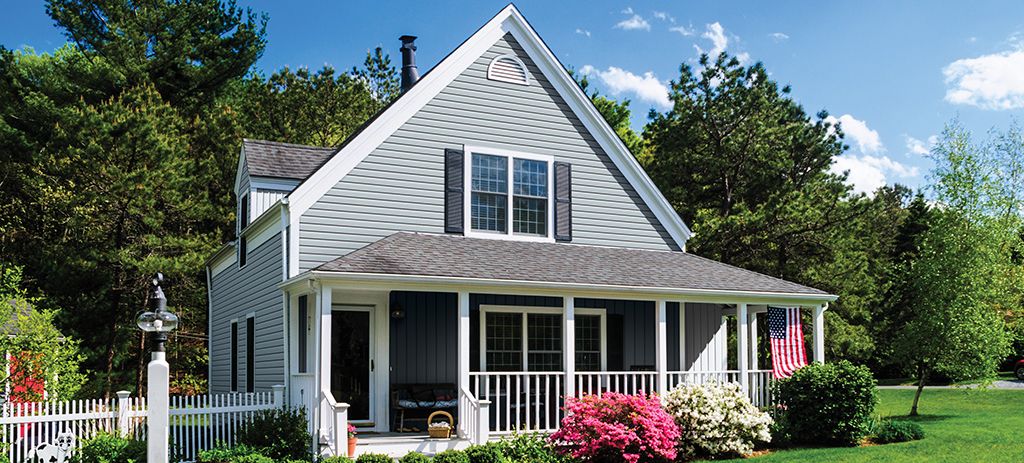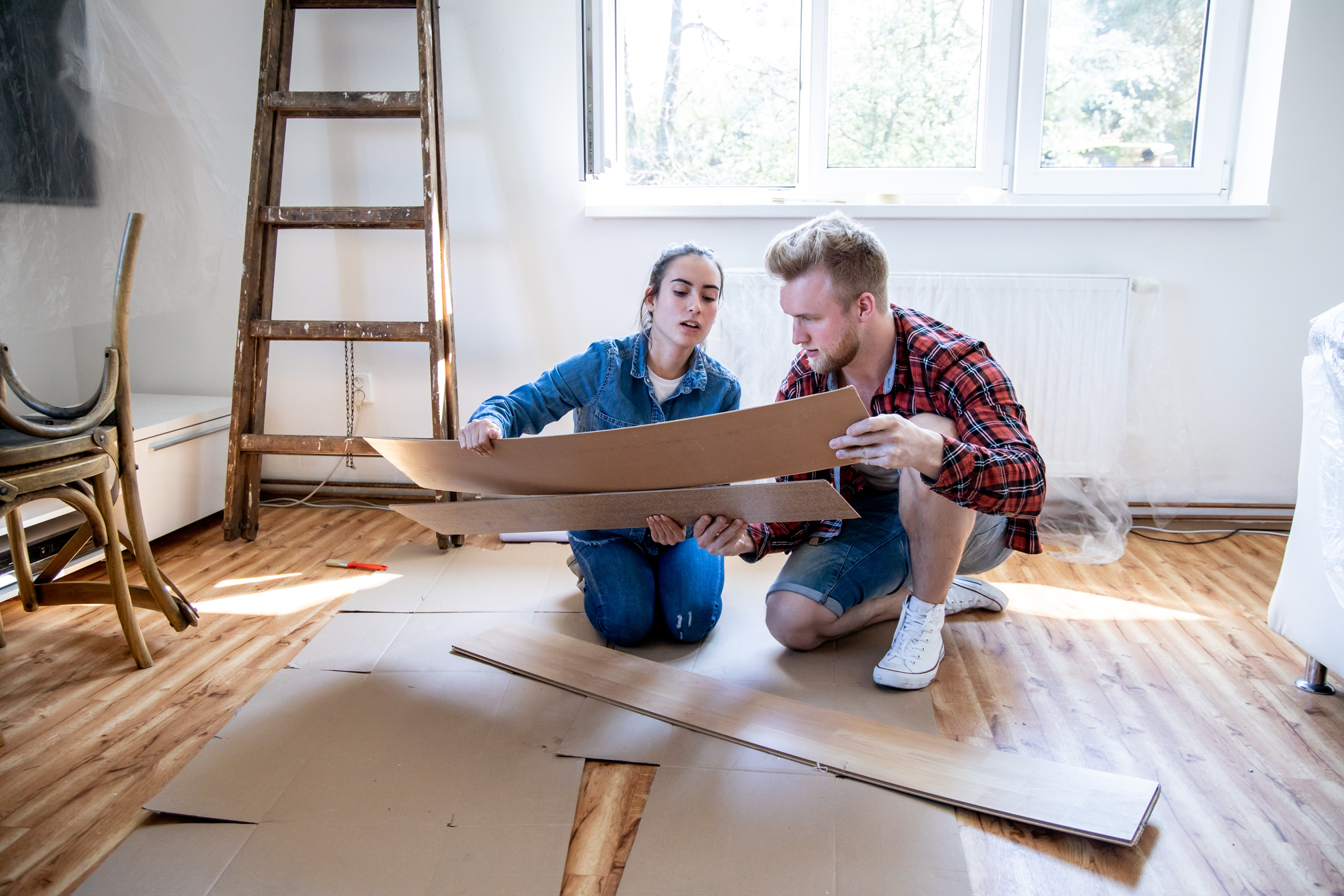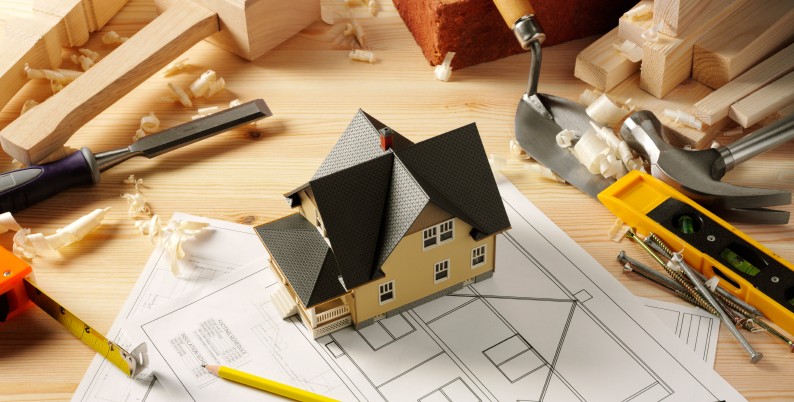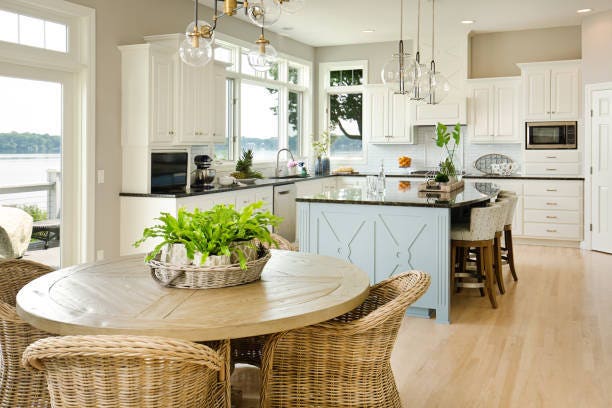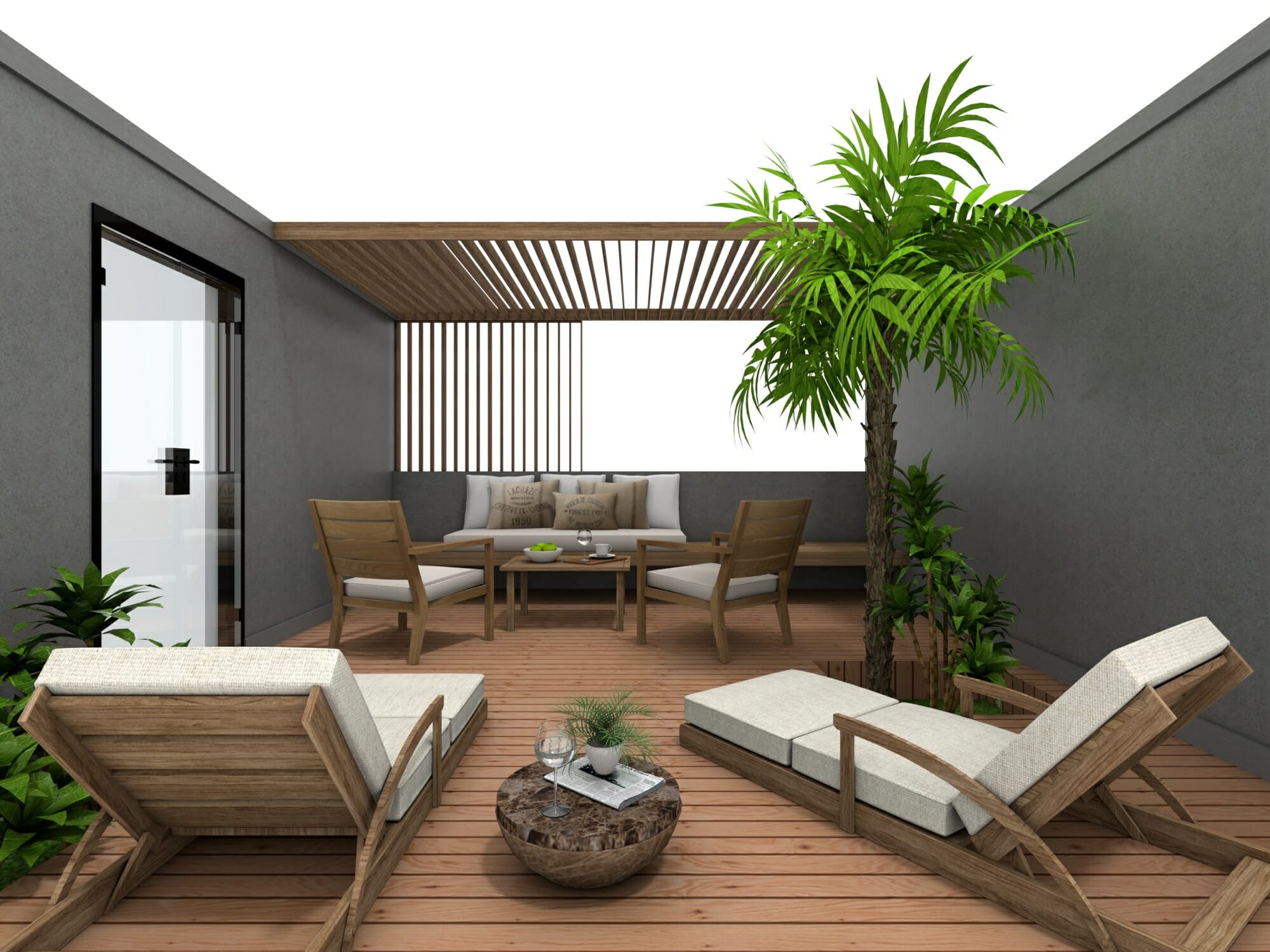Preserving the Charm: Home Improvement for Historic Homes
Contents
- 1 Introduction
- 2 The Strengths of Preserving the Charm
- 3 The Weaknesses of Preserving the Charm
- 4 Preserving the Charm: Home Improvement for Historic Homes Information Table
- 5 Frequently Asked Questions (FAQs)
- 5.1 1. Can I make changes to a historic home without compromising its charm?
- 5.2 2. Are there any grants or financial assistance available for preserving historic homes?
- 5.3 3. How can I ensure my home improvement project aligns with historical preservation guidelines?
- 5.4 4. Can I incorporate modern amenities into a historic home?
- 5.5 5. What are some non-destructive ways to restore original architectural features?
- 5.6 6. How can I ensure the long-term maintenance of a historic home?
- 5.7 7. Are there any specific insurance considerations for historic homes?
- 6 Conclusion
- 7 Closing Words and Disclaimer
- 8 Author
Introduction
Hello Readers,
Welcome to this article on preserving the charm of historic homes through home improvement. Historic homes are not merely architectural structures; they are time capsules that encapsulate the rich history and heritage of a bygone era. However, maintaining the charm and character of these homes while incorporating modern conveniences can be a delicate balance. In this article, we will explore various strategies and considerations for preserving the charm of historic homes through thoughtful home improvement projects.
The Strengths of Preserving the Charm
1. Preservation of History:
Preserving the charm of historic homes allows us to honor and celebrate our heritage. These homes are testimonies to the past and possess unique architectural features that reflect the craftsmanship of a specific era.
2. Cultural Significance:
Historic homes often hold cultural significance as they serve as reminders of important events, influential figures, or architectural styles that shaped the local community and society as a whole.
3. Unique Architectural Features:
From intricate moldings and ornate ceilings to stained glass windows and grand staircases, historic homes often boast architectural features that are not commonly found in modern residences.
4. Emotional Value:
Many homeowners choose to preserve the charm of their historic homes due to the emotional value attached to them. These homes may have been passed down through generations or hold cherished memories for the current owners.
5. Increased Property Value:
By preserving the charm of historic homes, homeowners can potentially increase their property value. These properties are highly sought after by individuals who appreciate the unique character and historical significance.
6. Community Engagement:
Historic homes often become focal points for community engagement. They can serve as museums, event venues, or landmarks, attracting visitors and fostering a sense of pride within the neighborhood.
7. Environmental Sustainability:
Preserving historic homes aligns with the principles of environmental sustainability. Repurposing and restoring existing structures minimizes the need for new construction, reducing the carbon footprint.
The Weaknesses of Preserving the Charm
1. Cost Considerations:
Preserving the charm of historic homes can come with significant costs. Specialized materials, skilled labor, and adherence to historical preservation guidelines can increase the overall expenses of home improvement projects.
2. Limited Modern Amenities:
Historic homes are often characterized by their lack of modern amenities such as open floor plans, large closets, or updated plumbing and electrical systems. Preserving the charm may mean compromising on some modern conveniences.
3. Maintenance Challenges:
Historic homes require careful and ongoing maintenance due to their age and unique architectural features. Preservation efforts may involve regular inspections, repairs, and the use of specific restoration techniques.
4. Regulatory Restrictions:
Preserving the charm of historic homes may be subject to various regulatory restrictions imposed by local historic preservation boards or agencies. These regulations aim to maintain the historical integrity of the property but can limit design flexibility.
5. Limited Energy Efficiency:
Historic homes are often less energy-efficient than their modern counterparts. Preserving the charm may involve making compromises in terms of energy-saving features, insulation, or window upgrades.
6. Structural Limitations:
Preserving the charm may require working around existing structural limitations. Altering load-bearing walls or making substantial changes to the layout may not be feasible without jeopardizing the integrity of the historic home.
7. Limited Accessibility:
Many historic homes were not originally built with accessibility in mind. Preserving the charm may mean accepting certain limitations in terms of accessibility for individuals with disabilities.
Preserving the Charm: Home Improvement for Historic Homes Information Table
| Aspect | Details |
|---|---|
| Overview | Preserving the charm of historic homes through thoughtful home improvement projects. |
| Benefits | – Preservation of history – Cultural significance – Unique architectural features – Emotional value – Increased property value – Community engagement – Environmental sustainability |
| Challenges | – Cost considerations – Limited modern amenities – Maintenance challenges – Regulatory restrictions – Limited energy efficiency – Structural limitations – Limited accessibility |
Frequently Asked Questions (FAQs)
1. Can I make changes to a historic home without compromising its charm?
Yes, it is possible to make changes to a historic home while preserving its charm. It requires careful planning, research, and attention to detail to ensure the alterations blend seamlessly with the existing architecture.
2. Are there any grants or financial assistance available for preserving historic homes?
Yes, various grants, tax incentives, and financial assistance programs are available at the local, state, and federal levels to support historic home preservation efforts. Research and consult with local preservation organizations to explore the available options.
3. How can I ensure my home improvement project aligns with historical preservation guidelines?
Hire professionals experienced in historic preservation or consult with local preservation boards to ensure your home improvement project complies with the specific guidelines laid out for historic homes in your area.
4. Can I incorporate modern amenities into a historic home?
Yes, it is possible to incorporate modern amenities into a historic home. Careful planning and collaboration with architects and designers can help strike a balance between modern comforts and preserving the original charm.
5. What are some non-destructive ways to restore original architectural features?
Non-destructive restoration techniques include careful cleaning, repairing rather than replacing, and using reversible materials when necessary. Consult with preservation experts to determine the best approach for your specific architectural features.
6. How can I ensure the long-term maintenance of a historic home?
Regular inspections, routine maintenance, and adherence to historic preservation guidelines are key to ensuring the long-term maintenance of a historic home. Establishing a maintenance plan and partnering with professionals can help you preserve its charm for generations to come.
7. Are there any specific insurance considerations for historic homes?
Yes, it is important to have insurance coverage specifically tailored for historic homes. Seek advice from insurance professionals experienced in covering historic properties to ensure you have adequate protection.
Conclusion
In conclusion, preserving the charm of historic homes through thoughtful home improvement projects allows us to honor our history, celebrate our heritage, and maintain unique architectural treasures. While there may be challenges and considerations, the rewards of preserving the charm outweigh the efforts required. By taking appropriate steps, collaborating with experts, and adhering to preservation guidelines, you can ensure the longevity of these remarkable homes. So, embrace the past while embracing the future through the preservation of historic homes.
Thank you for reading, and we hope this article inspires you to take action in preserving the charm of historic homes.
Closing Words and Disclaimer
In this article, we have discussed the importance and challenges of preserving the charm of historic homes through home improvement projects. It is essential to note that every historic home is unique, and the specific considerations may vary depending on the age, style, and location of the property. Before undertaking any home improvement projects, it is advisable to consult with preservation experts, architects, and relevant local authorities to ensure compliance with regulations and best practices. The information provided in this article is for general guidance and should not be considered as professional advice. We encourage readers to conduct thorough research and seek professional assistance when planning and executing home improvement projects for historic homes.

